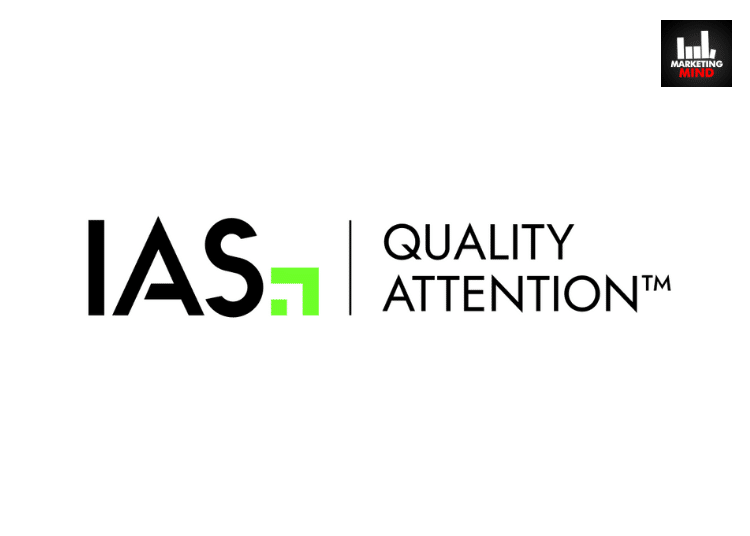Integral Ad Science (IAS), one of the leading global media measurement and optimization platforms, has expanded the ambit of its Quality Attention measurement product to add support for mobile in-app environments.
Launched in January 2024, Quality Attention is known to be the first measurement product to unify media quality and eye tracking with machine learning to provide transparent metrics that help global advertisers increase return on investment, drive brand consideration, and boost conversions.
This enhancement to Quality Attention falls in line with IAS’ commitment to providing advertisers with expanded coverage across additional channels and formats.
In addition to expanding environment support, IAS has also improved the accuracy of the correlation between attention scores and outcomes in its Quality Attention model so as to predict if an impression is more likely to lead to a business result including awareness, consideration, and conversion.
According to eMarketer, apps are predicted to reach a dominant 82% share of the anticipated $200B in mobile ad spend this year.
That being said, with IAS’ Quality Attention advertisers now have access to an attention measurement product that enables them to drive superior results across their mobile in-app campaigns and protect their growing investments in mobile.
Currently, IAS’ Quality Attention measurement product provides global advertisers with:
- Expanded Coverage and Metrics: Measurement across mobile in-app environments and new metrics including the number of ads that paused, resumed, skipped and started a video ad, in addition to volume change and sub-metrics of volume change.
- An Advanced Machine Learning Model: A singular view of campaigns’ attention performance, trained based on a pool of data consisting of billions of impressions and millions of conversion events.
- Proven Performance and Brand Results: Up to a 130% lift in conversion rates when comparing high attention impressions to low attention impressions, with greater attention scores seeing 91% higher brand consideration and 166% higher purchase intent.
- Unification of Media Quality with Human Attention: IAS is the first company to combine one of the world’s largest consumer attention biometric data sets with media quality metrics to provide the most accurate picture of attention for global advertisers.
As a result, with Integral Ad Science’s Quality Attention, advertisers can capture higher attention to drive campaign performance and unlock proven results for it uses advanced machine learning technology, actionable data from Lumen Research’s eye-tracking technology, and a variety of signals obtained as part of IAS’s core technology, including viewability, ad situation, and user interaction, and weighs them into a single attention score.
Moreover, IAS’ recent report titled- ‘Taking Action on Attention: Volume II’ also showed that when comparing business results between low and high attention scores, higher attention impressions experienced success rates (e.g. conversions) that were twice as high as those with low attention.
Being on a mission to be the global benchmark for trust and transparency in digital media quality, IAS’ software provides comprehensive and enriched data that ensures ads are seen by real people in safe and suitable environments, while improving return on ad spend for advertisers and yield for publishers.
Commenting on the expansion of Quality Attention’s ambit to support mobile in-app environments now, Khurrum Malik, CMO, Integral Ad Science, said, “It’s essential for attention measurement to drive outcomes and campaign performance for advertisers. The latest enhancements to our purpose-built Quality Attention offering are expected to provide advertisers with more granular signals and expanded coverage across the channels and formats that are most important to them.”
To this, Mike Follett, CEO, Lumen Research, also added, “The latest enhancements to IAS’ Quality Attention offering are a step forward in creating a more accurate picture of attention for advertisers. We were excited to combine our cutting-edge eye-tracking data with IAS’ attention model and now advertisers have access to even more granular information across the in-app environment.”
















